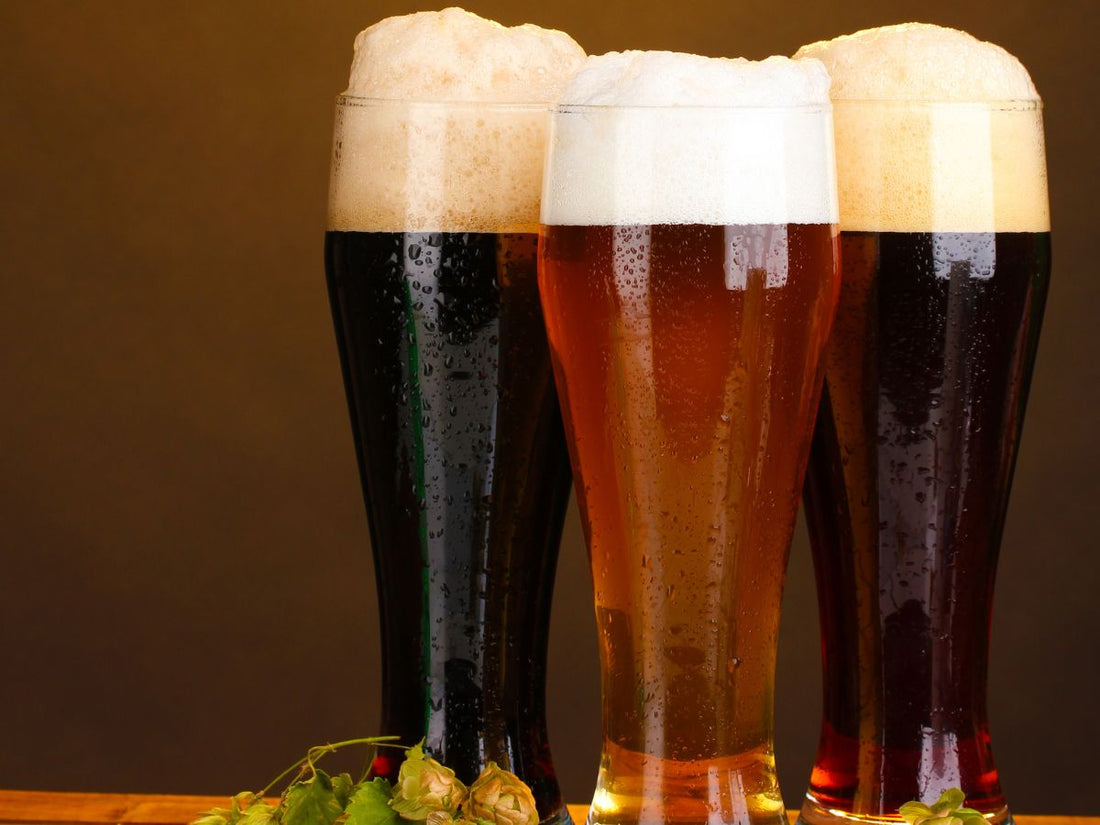Galveston Liquor: Wide Option of Quality Moods for Every Taste
The Ultimate Distillery Experience: From Grain to Glass, Whatever You Need to Know
Embarking on a journey via the ins and outs of the distillery process introduces a world where scientific research fulfills virtuosity in the development of spirits. From the cautious choice of grains to the meticulous crafting of each container, every step in the production line plays an important duty in forming the final item that enhances our glasses.
The Art of Grain Selection
Choosing the perfect grains is a crucial action in the purification procedure, determining the taste account and top quality of the last item. The kind of grain picked substantially affects the character of the spirit being created - Galveston Whiskey. Typical grains used in purification include barley, rye, corn, and wheat, each imparting distinct tastes and qualities to the end product

Beyond flavor considerations, the top quality and purity of the grains are extremely important. Distillers carefully source grains to ensure they are totally free from pollutants and have the essential starch material for fermentation. By understanding the art of grain option, distillers lay the structure for producing exceptional spirits that captivate the taste buds.
Distillation Process Demystified
Having established the structure with careful grain choice, the distillation process arises as the transformative phase where the significance of the chosen grains is unlocked and improved right into a perky form. Distillation is a methodical process that depends on the principle of separating alcohol from a blend based on differences in steaming factors. Once the fermented mash is heated up in the still, the alcohol evaporates at a lower temperature level than water and various other substances, enabling its extraction. As the alcohol vapors pass and rise with the still, they condense back right into liquid form, resulting in a greater proof distillate. This extract, likewise called the 'heart cut,' is the purest and finest section of the distillation run. The process doesn't end there; numerous purification runs or added actions such as aging in barrels may further fine-tune the spirit, boosting its taste, personality, and intricacy. Recognizing the complexities of the purification process is critical for producing premium spirits that astound fanatics and aficionados alike.
Barrel Aging and Taste Development
During the barrel aging procedure, spirits undergo a transformative trip as they engage with the wood, taking in nuanced flavors and developing an abundant complexity. The kind of timber utilized, usually oak, significantly affects the last taste of the spirit. Oak barrels are preferred for their distinct homes that enhance the flavor account. As spirits age in the barrels, they draw out compounds such as vanillin, lignin, and tannins from the timber, contributing to the growth of aromas like vanilla, caramel, spice, and also tips of toasted oak.
Moreover, the aging process enables for oxidation to occur, resulting in more chemical responses that smooth the spirit and complete any type of severe sides. The porous nature of timber additionally enables the spirit to take a breath, assisting in the integration of tastes with time. Depending on the duration of aging and ecological conditions like temperature level and humidity, spirits can acquire various attributes, from subtle wood notes to deep, complicated tastes that make each batch distinct. Ultimately, barrel aging plays a crucial role in forming the distinctive taste account of each spirit, supplying a sensorial trip for connoisseurs to savor.
Workmanship in Bottling and Labeling
As spirits reach their optimal taste accounts with barrel aging, the careful craftsmanship in identifying and bottling becomes the next essential step in providing a premium product to consumers. The process of identifying and bottling is an important aspect of the general distillery experience, as it is the final touchpoint before the item reaches the hands of customers (Seawall Bar). Workmanship in bottling includes ensuring that each container is loaded exactly with the spirit, thinking about additional reading variables such as consistency in fill degrees and the avoidance of any type of impurities entering the bottle

Sampling and Appreciating Fine Spirits
To completely appreciate fine spirits, one should involve all the detects in a deliberate and conscious sampling experience. When tasting fine spirits, it is necessary to begin by observing the spirit's appearance. Note the shade, quality, and viscosity of the liquid in the glass. Swirl the spirit gently to release its fragrance. The nose is a critical feeling in sampling spirits; take a moment to inhale the complex scents deeply. Next off, take a tiny sip and let it stick around on your taste. Take notice of the various flavors that unfold - from pleasant and fruity notes to spicy or smoky touches. Think about the mouthfeel, keeping in mind if the spirit is smooth, silky, or fiery. Swish the spirit in your mouth to completely experience its structure and preference. Lastly, swallow slowly and value the lingering surface. Great spirits frequently leave an enjoyable aftertaste that can disclose a lot more regarding the craftsmanship and top quality official site of the beverage. By engaging all your detects in this fashion, you can genuinely savor and value the intricacies of fine spirits.
Verdict
To conclude, the distillery experience includes the complex art of grain choice, the precise purification process, the transformative barrel aging, the precise craftsmanship in classifying and bottling, and the innovative practice of tasting and valuing great spirits. Each step in the production procedure plays a crucial role in creating top quality spirits that mesmerize the senses and joy aficionados worldwide.
The kind of grain picked substantially influences the personality of the spirit being produced. By grasping the art of grain selection, distillers lay the structure for producing outstanding spirits that astound the taste buds.
